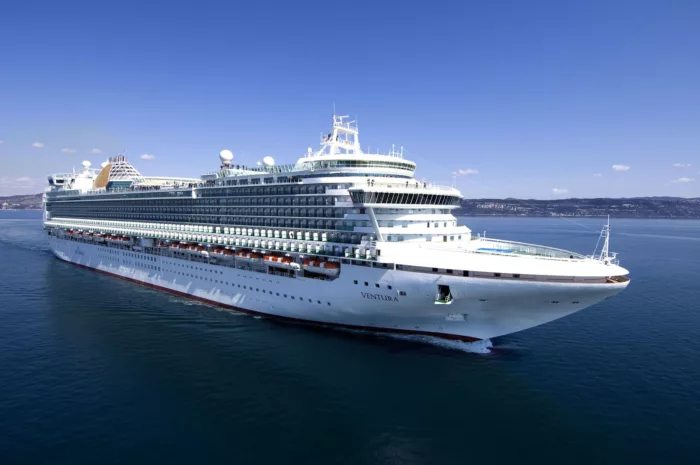
P&O Cruises
Welcome to the P&O cruise experience - where quality and value abide in perfect harmony.
P&O Cruises offer a distinctive style that appeals to both new and veteran travellers alike, with trademark sailings providing opportunities for the whole family to enjoy.
Cruises for those seeking an adult-only vibe are available, while those who prefer smaller ships can choose from more modest vessels.
3100
Passengers
1250
Crew
2010
Launched
2014
Last refit
115055t
Tonnage
290m
Length
36m
Width
22kts
Speed
14
Decks
GBP
Currency
Cruise Itinerary
Day 1
Santa Cruz de Tenerife, Spain
Day 2
At Sea
Relax and make the most of the myriad of facilities available on board the ship, from fantastic entertainment to delicious and diverse dining options.
Day 3
Funchal, Madeira, Portugal
Arrival Time: Early Morning; Depart Time: Evening
Day 4
At Sea
Relax and make the most of the myriad of facilities available on board the ship, from fantastic entertainment to delicious and diverse dining options.
Day 5
Fuerteventura, Spain
Arrival Time: Early Morning; Depart Time: Afternoon
Day 6
Santa Cruz de La Palma, Spain
Arrival Time: Early Morning; Depart Time: Afternoon
Days 7 - 8
Santa Cruz de Tenerife, Spain
Depart Time: Evening
Days 9 - 10
At Sea
Relax and make the most of the myriad of facilities available on board the ship, from fantastic entertainment to delicious and diverse dining options.
Day 11
Cádiz, Spain
Arrival Time: Early Morning; Depart Time: Early Evening
Day 12
Gibraltar, Gibraltar
Arrival Time: Early Morning; Depart Time: Early Evening
Day 13
At Sea
Relax and make the most of the myriad of facilities available on board the ship, from fantastic entertainment to delicious and diverse dining options.
Day 14
Valencia, Spain
Arrival Time: Early Morning; Depart Time: Early Evening
Day 15
Barcelona, Spain
Arrival Time: Early Morning; Depart Time: Early Evening
Day 16
At Sea
Relax and make the most of the myriad of facilities available on board the ship, from fantastic entertainment to delicious and diverse dining options.
Day 17
Naples, Italy
Arrival Time: Early Morning; Depart Time: Early Evening
Day 18
Palermo, Italy
Arrival Time: Early Morning; Depart Time: Early Evening
Day 19
At Sea
Relax and make the most of the myriad of facilities available on board the ship, from fantastic entertainment to delicious and diverse dining options.
Day 20
Valletta, Malta

Day 1
Santa Cruz de Tenerife, Spain

Day 2
At Sea

Day 3
Funchal, Madeira, Portugal

Day 4
At Sea

Day 5
Fuerteventura, Spain

Day 6
Santa Cruz de La Palma, Spain

Days 7 - 8
Santa Cruz de Tenerife, Spain

Days 9 - 10
At Sea

Day 11
Cádiz, Spain

Day 12
Gibraltar, Gibraltar

Day 13
At Sea

Day 14
Valencia, Spain

Day 15
Barcelona, Spain

Day 16
At Sea

Day 17
Naples, Italy

Day 18
Palermo, Italy

Day 19
At Sea

Day 20
Valletta, Malta
Ship Details


P&O Cruises
Azura
Family friendly - Azura offers the perfect balance, bringing the opportunity to enjoy quality time together as well as time separately. From hassle-free meal times to carefree days out, we really have got it all covered.
Cabins
All Prices










